In this article, we want to provide you with information about different types and also different kinds of kitchen backsplash.
In the following, we will talk about these backsplashes so that you can have a completely shiny and spotless kitchen. Stay with us.
The first kitchen backsplash was more functional than decorative. It was only 4 inches tall and made of glass or ceramic tile. They were designed to protect the walls from splashes, grease, and other kitchen mishaps, so they were only located behind the sink and stove areas.
In the 1950s, kitchen backsplashes became both functional and decorative. They came out in bright colors and made their way around the kitchen, reaching deep into the upper cabinets. This continued into the 1970s and 1980s with decorative mosaics.
However, in the 1990s, homeowners turned to natural-looking tiles. White or cream backsplashes became the main look of the decade. The subway mosaic came onto the scene in the 2000s.
The Backsplash categories are as follows:
- General types
- Materials
- Shapes and designs
- Final
- Sewing

General Types of Backsplashes
Roof tile
Kitchen backsplashes are important because they help protect kitchen walls from water and other staining materials.
One of the most popular backsplash materials is tile, and this material allows you to create a different look based on your kitchen style and other décor choices.
With so many different types of tile to choose from, it’s fun to consider different materials, textures, and colors when creating a backsplash.
Generally speaking, tile is the most popular type of kitchen backsplash because it offers many benefits to the homeowner. Because tile is waterproof, it protects your kitchen walls from water. Also, tile is usually very easy to clean.
Mosaic is also easy to install, meaning an avid DIYer can usually do it themselves. While tiles come in a wide price range, the many tile options make it relatively easy to find the right option for your space at no extra cost. The tiles can be laid as sheets or individual tiles.
Slate Color Backsplash
A low-cost option for homeowners who need to update their backsplash but don’t have the budget for tile is chalkboard paint. This option has many advantages, as well as a number of concerns. This inexpensive backsplash option is very easy to use and will update your kitchen in a matter of hours without creating a huge mess to clean up later.
People who paint their backs with such blackboards are easy to write on with chalk and erase when done. It gives homeowners the perfect space to write down menu ideas, to-do lists, recipes, and even draw a picture.
Unfortunately, there are some downsides to using chalkboard paint, one of which is that it’s so dark that it can make your kitchen look smaller than usual. For this reason, it’s a good idea to use this option only if your kitchen is relatively light or large. Also, drywall paint does not protect against water damage like tile.
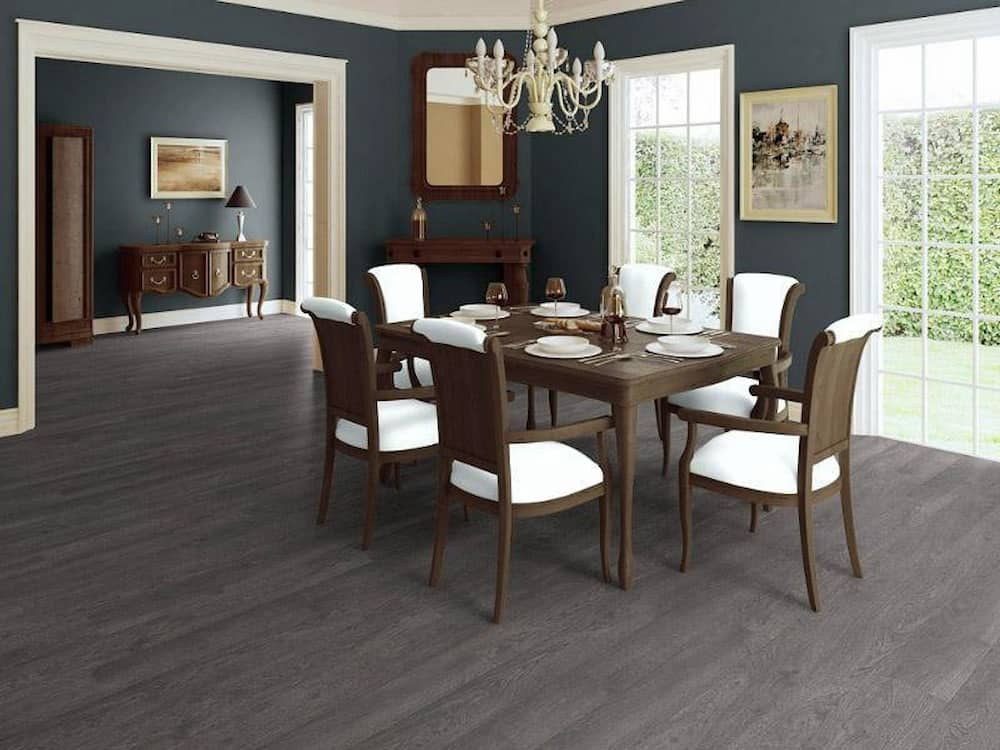
Roof tiles
If you want the functionality and durability of tile, but are looking for something that will add more visual appeal to your space, installing vintage ceiling tiles may be just what you need.
This look is perfect for a country kitchen and not only protects the wall from water and food splashes.
Ceiling tiles bring texture, visual appeal, and color to your kitchen that can be very interesting and help tie the entire home decor together. Unfortunately, since these tiles are generally highly textured and often older, they can be a bit tricky to keep clean.
Rear-view mirror
For smaller kitchens that need visual openness, mirrors are a great option. As a backsplash, mirrors are very eye-catching and eye-catching as they reflect light and bounce it around the room.
This option is relatively easy to keep clean, although fingerprints can stain the mirror surface and cause you to spend a lot of time cleaning.
If you have small children who will be in the kitchen, you should think about this before installing the mirror, as they will leave their fingerprints all over the surface.
Wallpaper
Some homeowners and renters choose to install wallpaper as a backing. This can be a quick and easy way to update a space, but it doesn’t offer the protection your walls need in this cluttered area of your home.
While peel-and-stick wallpaper is a great option for renters who can’t make major aesthetic changes to their home, the humidity and heat in the kitchen can cause wallpaper to start peeling quickly.
This means that while your wallpaper may look great when installed, it needs to be dealt with quickly once it starts to peel along the seams.
Another problem with wallpaper is that depending on the type you choose, it can be very difficult to remove stains and spills without damaging the wallpaper. Certain foods, such as spaghetti sauce, can permanently stain wallpaper.

Stainless steel
For a modern look in your kitchen that’s easy to clean, durable, and resistant to high temperatures, stainless steel is a great choice.
This ties all of your kitchen decor together, especially if you have stainless steel appliances in your kitchen.
There are a few issues with choosing this material as a base, including the higher price you’d pay for a large stainless steel sheet, as well as the fact that acidic foods can corrode the material and damage the surface when splashed. They do not clear up immediately.
Panel
For a truly impressive look in your kitchen, a wall panel is a great way to make a big visual impact and fill a large space with minimal effort. Because wall paneling comes in so many styles, colors, and variations, it’s usually easy to find one to match your home’s kitchen decor.
If you are going to install a panel on your wall, it is important to make sure that it can be easily cleaned. Otherwise, your wall panel will look dirty and will not improve the look of your kitchen.
Laying tiles
Peel and stick
Wood laminate and tile are cost-effective kitchen countertop options for homeowners. You’ll save on the tiling and installation materials. This backsplash tile is easy to install, among other benefits. Cut, peel, and stick the tile.
This mosaic requires wall preparation to provide a smooth surface. Tiles won’t stick or look professional otherwise. Peel-and-stick tiles can be used to change your kitchen’s decor. However, the wall must be in good shape first.
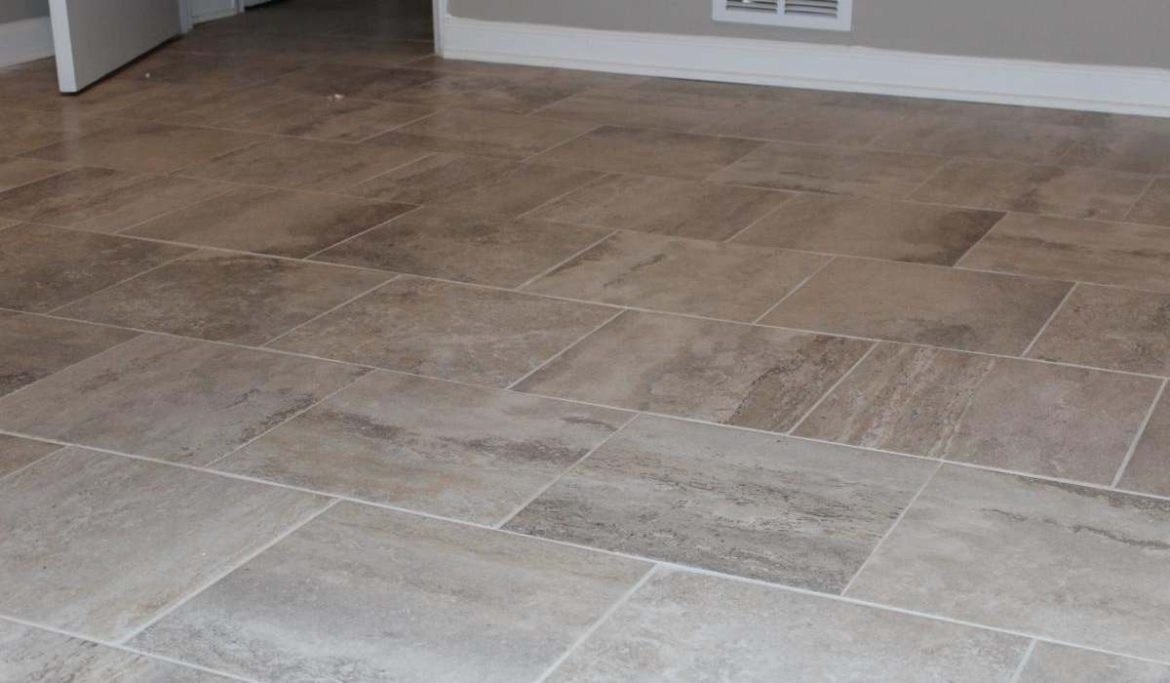
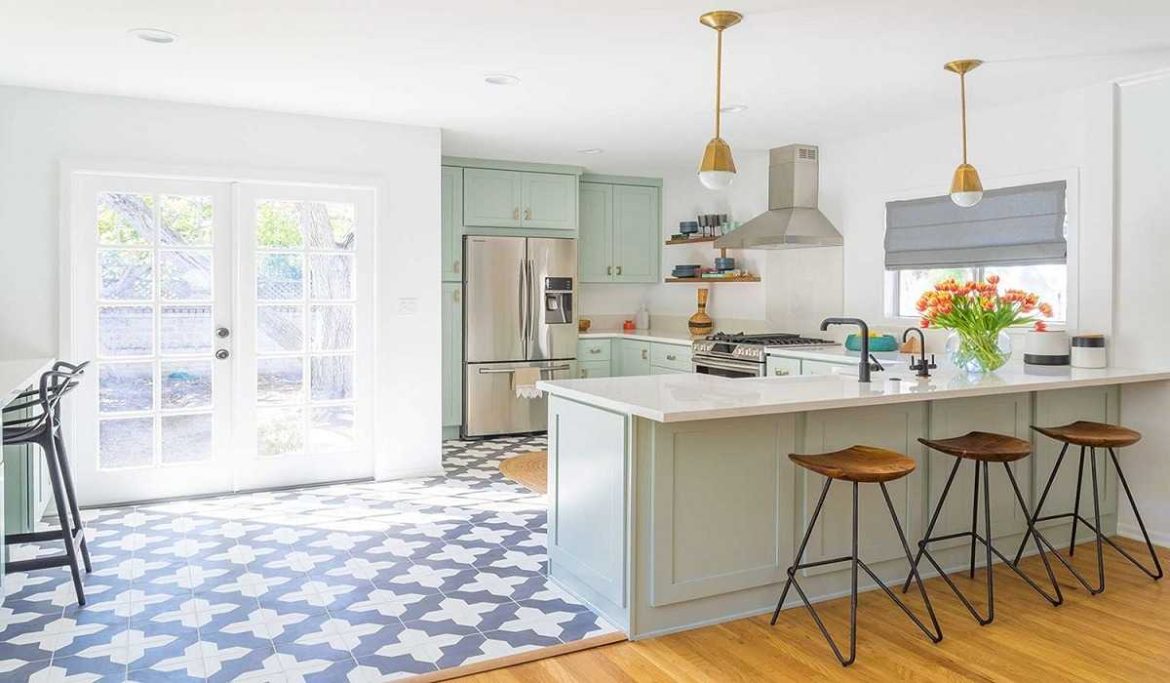
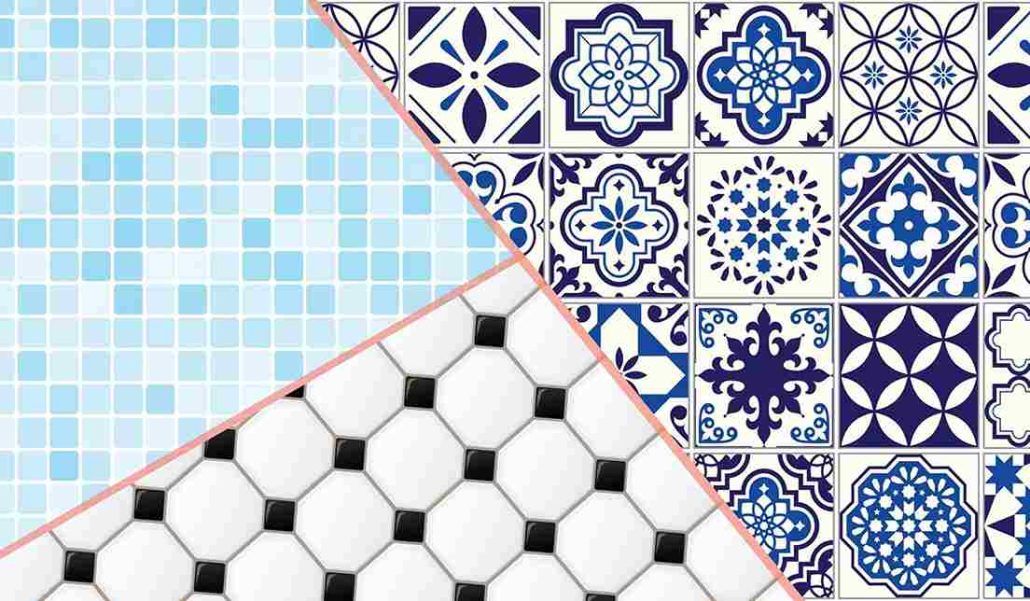
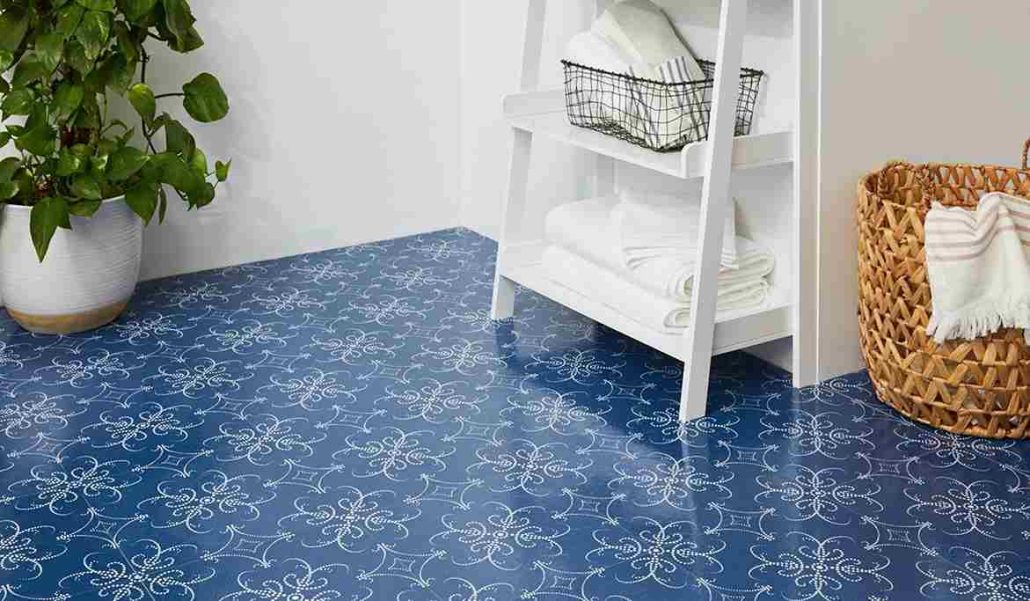

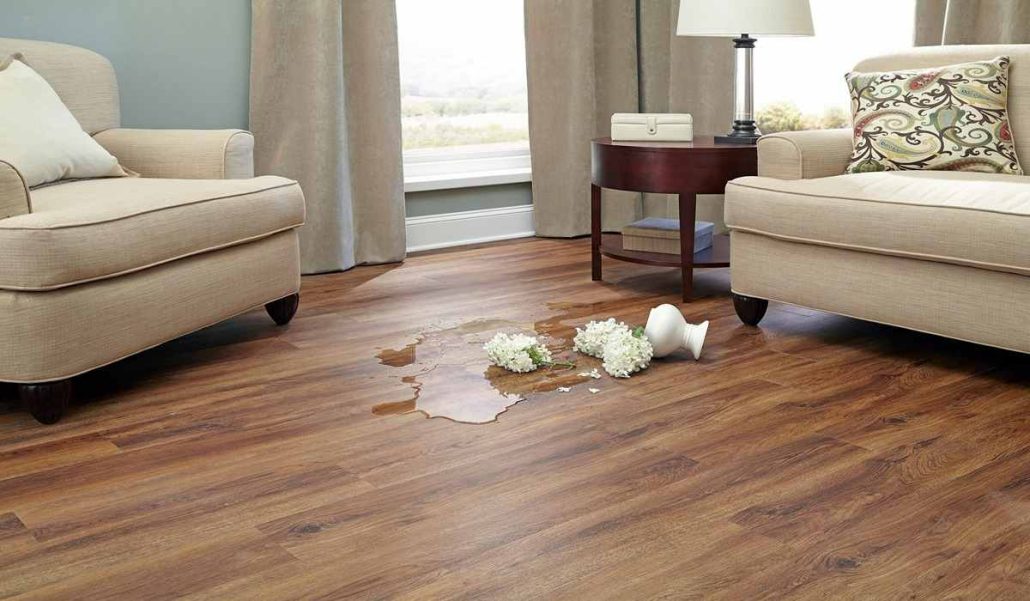
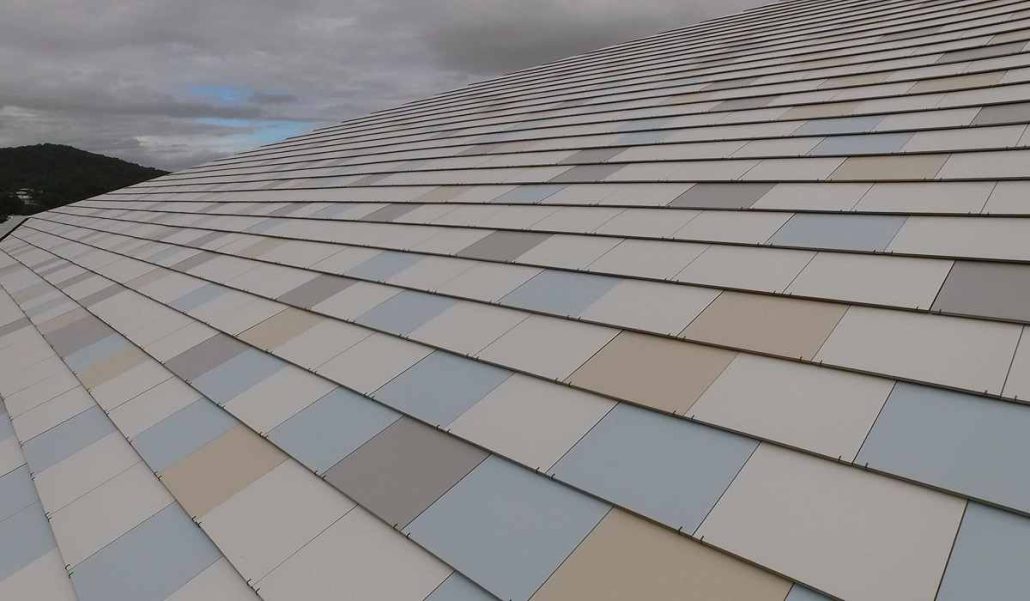
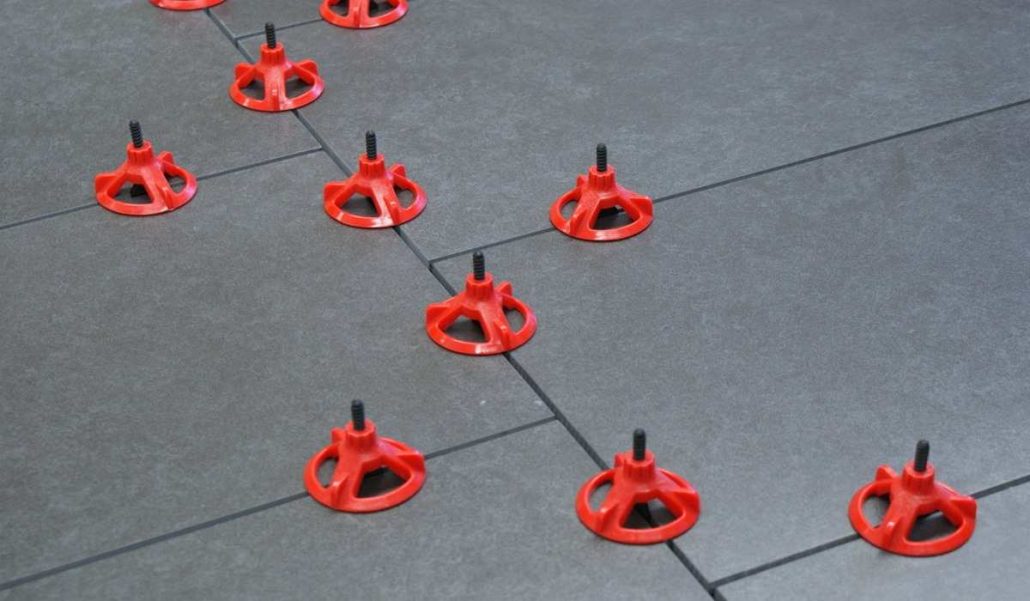
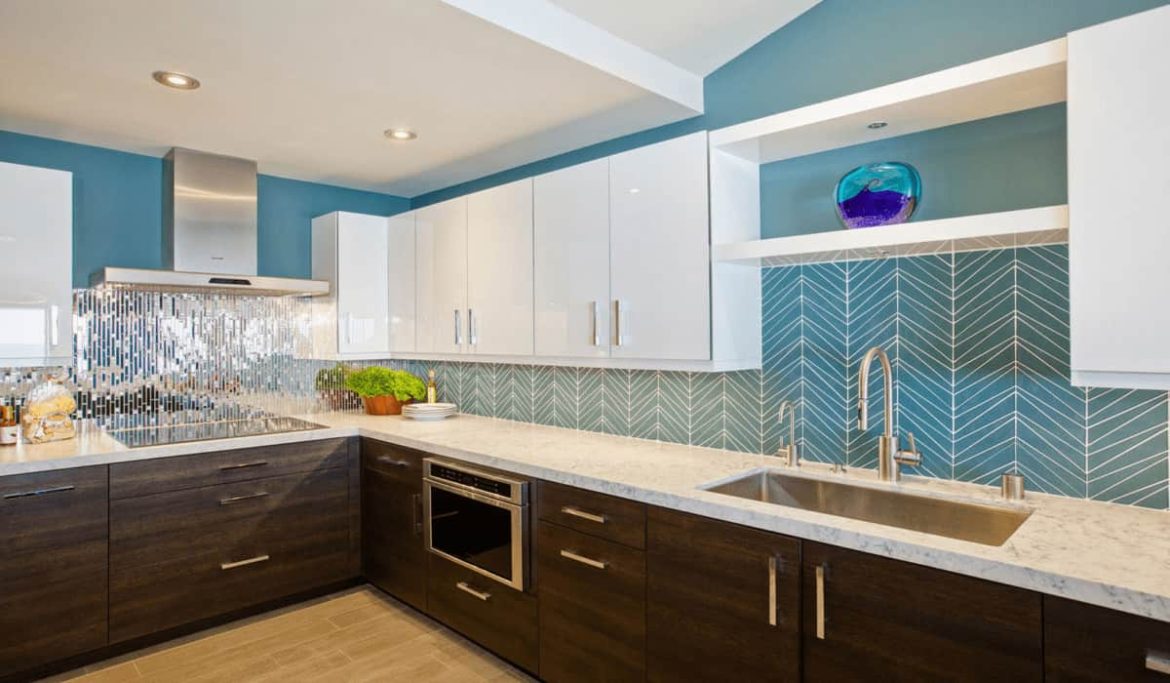
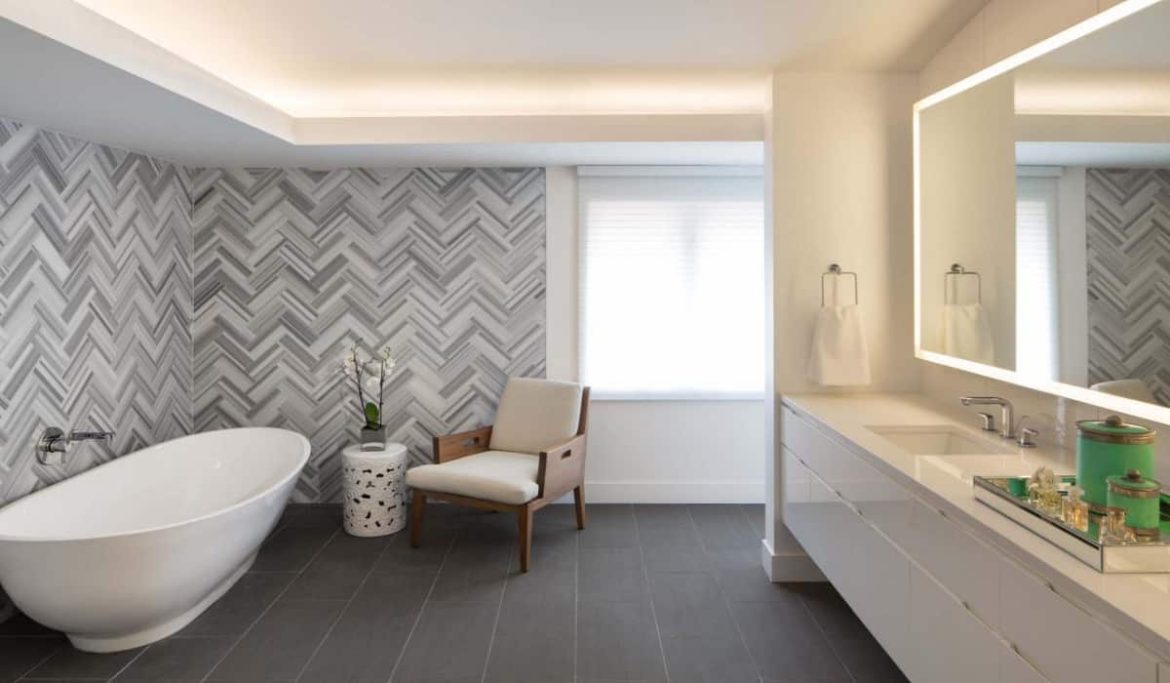
Your comment submitted.